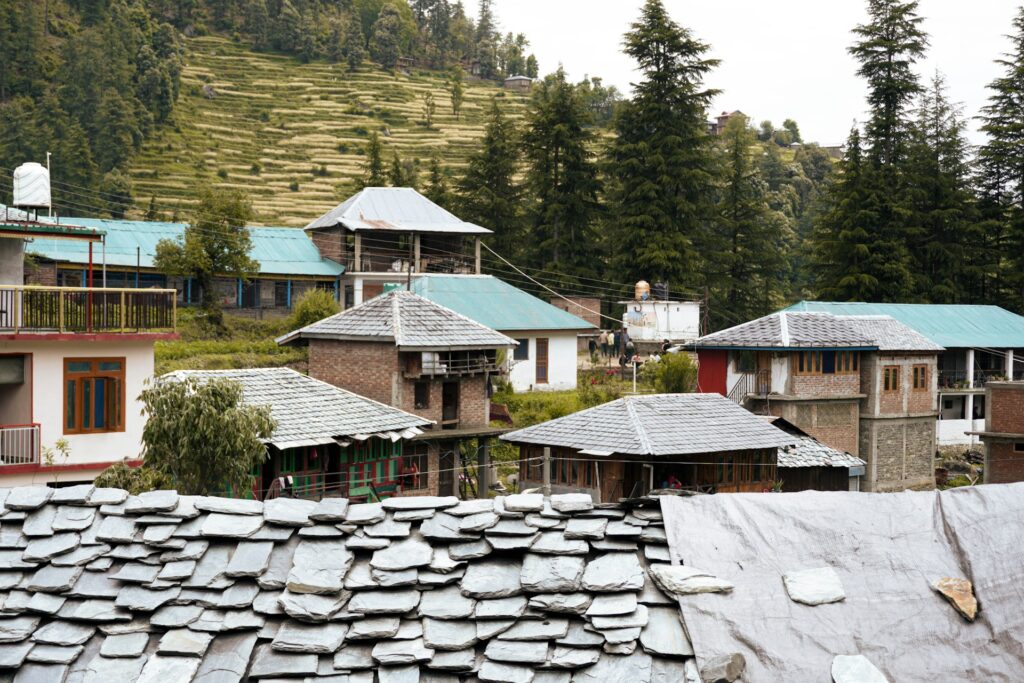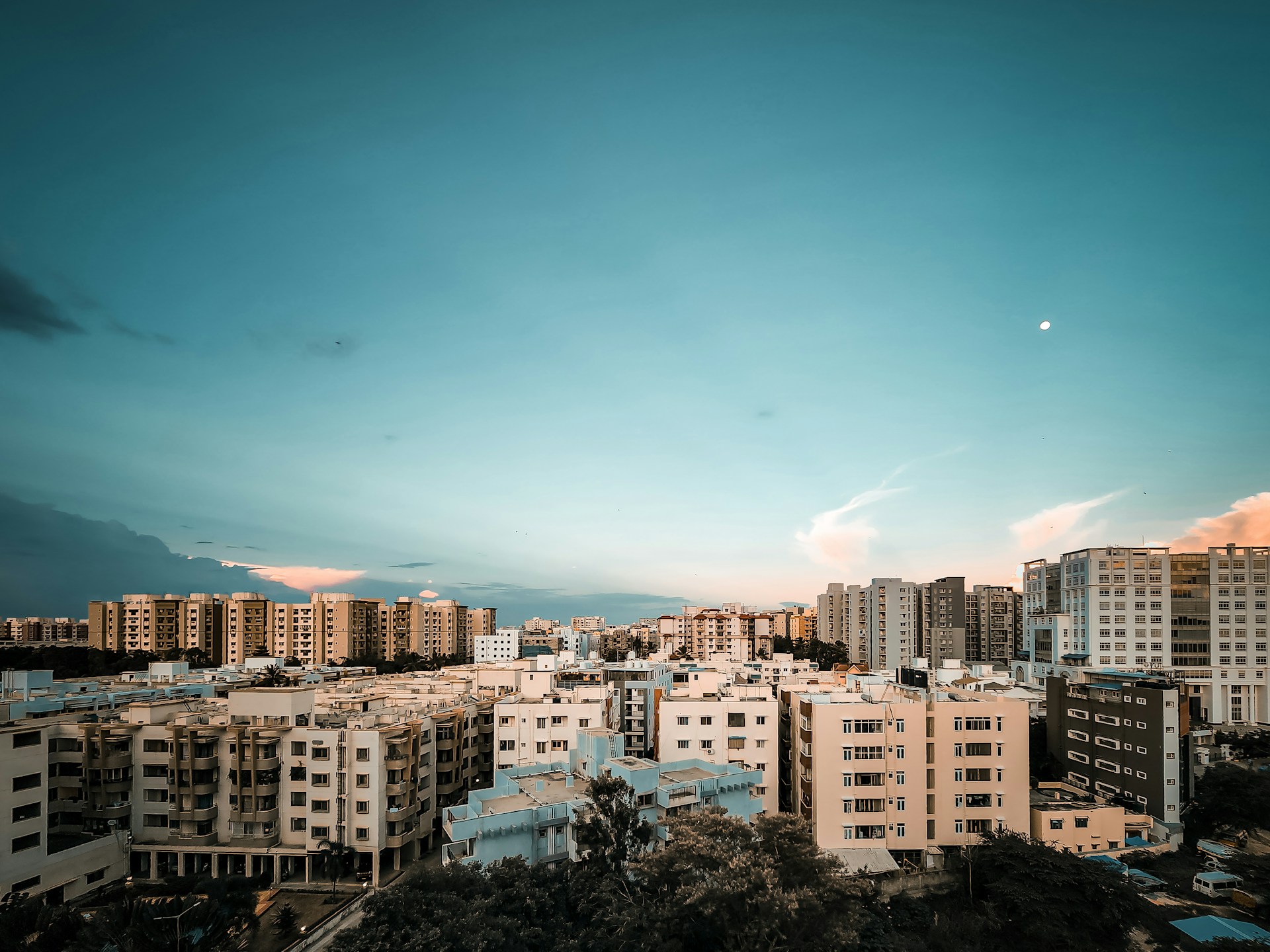Exploring Different Types of Houses in India
India, famous for its cultural and geographical split and division, has a great deal to offer in terms of housing scenario as well.
The types of houses in India has been influenced by Indian history and culture, regional climate, and it’s strengthening.
Ranging from historical homes to rewired homes of today, the housing sector of India gives a great insight of its societal structure.
This blog explores the different types of houses in India under three key headings: Conventional, new generation homes, and green houses.
Traditional Indian Homes
As a reflection of the college’s culture and climate, there is participation by all parties involved from initial involvement with the college product.
Indian homes have been shaped by the local culture, availability of materials and climate for many centuries.
Most of the architectural designs of these houses in India also mirror the local climate and give a touch of Indian roots.
1. Mud Houses
The poor mainly farmers reside in mud houses in India particularly in rural areas especially Rajasthan and Uttar Pradesh.
These are Indian homes made from clay, straw, and cow dung.
They are environmental friendly houses with excellent heat regulation, hence allowing cold air to penetrate in during hot summer.
2. Thatch Roof Houses
These are typical for Kerala and some places of coastal region in India.
Most of them incorporate plain structures, sour lying of coconuts, bamboos and other natural products and hence the homes in India are cheap to build and are conservation friendly.
The steep thatched roofs enable the shedding of water in case of rain is blessed for the tropical regions.
3. Havelis
Located in Rajasthan and Gujarat, a haveli is a large elaborate house of the merchant community and noble classes.
Havelis are decorated with floral, geometric or animal motifs, facades, open courtyards, and jharokhas are famous for their detailed carvings.
4. Bamboo Houses
In states of the northeast such as Assam and Nagaland, the use of bamboo in construction of dwelling is well evident due to availability of bamboo mostly in this part of the country.
They are structurally manageable, and space-efficient, and with built to withstand an earthquake and flood threats, made of either a raised wooden floor on stilts.
Modern Residences: Urbanization and Contemporary Living
Residential buildings in India have undergone phenomenal change with the fast growing urbanization and technological development.
Current housing stresses convenience, beauty, and utilization of the available space and time for different modern lifestyle in the urban centers.
1. Apartments
Urban population prefers apartments than any other type of dwelling units in urban areas.
Tall structures are efficient compromises to several small plots of land in compact urban centres such as Mumbai, Delhi and Bengaluru.
These homes provide basic facilities like lift, car parking and security measures for the middle and upper middle class families…
2. Bungalows
Bungalows are detachable homes mainly located in suburban and semi urban regions.
Due to large floor area, compound and privacy, bungalow represents status and being in this type of houses is desirable for the upper class.
3. Villas
Villas are independent residences that are built and planned with high-end architectural looks and contemporaneous comforts.
Some of these houses in India are cheap, especially those found in most luxurious building with secured features such as; games like tennis, golfs, well designed and spacious compound with a swimming pool, beautiful scenery with attractive and neat lawns, spacious parking space for cars among others are some of the houses which are common in building with some gated compounds.
4. Row Houses
Terraced homes built in sequence; these are homes that are in a series and shares a common wall with the touching house.
Tier 2 & Tier 3 city living can enjoy these as they strike the perfect balance of being affordable yet personal.
5. Studio Apartments
Targeted at youths in their working ages and the families with no children, studio apartments make use of a one room which has at the same time a living area, dining and bedroom.
They have become unique signatures of the urban architectural style in attempt to mitigate the increasing housing needs.

Sustainable Housing: The Future of Indian Homes
The consciousness of environmental conservation has made sustainable houses in India to be one of the priorities.
These homes use environmentally sensitive material and energy efficient techniques with designer solutions to reduce impact.
1. Green Homes
To reduce the impact of new homes on the environment, green homes have to be efficient in their use energy and water.
Solar panels, rain water harvesting equipment’s fixtures, and energy saving lights are among the most popular.
Green housing is best exemplified in cities like the Indian city of Bengaluru today with LEED certified buildings.
2. Earth bag Homes
Earth bag houses are constructed from poly bags that are filled with soil or sand, stacked in a way to create walls.
These homes are affordable and environment friendly, perfect for those areas which are vulnerable to disasters, such as Ladakh and Uttara hand.
3. Prefabricated Homes
Manufactured or manufactured homes are built from pre-built sections and pieces which helps in the time and waste cutting.
They are finding acceptance due to their environmental friendly aspect and versatility in terms of the areas in which they are constructed.
4. Smart Homes
Smart homes adopt sophisticated technologies in consumption of power and security of the house.
These houses are convenient and energy efficient due to automation in lighting systems and temperature control, and smart control of home appliances.
5. Net-Zero Energy Homes
Net-zero energy homes are those homes that the build has more or less an equivalent capacity to generate energy as that which it uses.
These homes incorporate solar and wind energy and therefore act as models of green homes.
Conclusion
Types of houses in India also demonstrate versatility thus proving how the country is capable of coming up with houses that meets so many needs that may range from the need to maintain the Indian culture to the need to embrace the modern technology and sustainable living.
The old structures contain the solution for climate found out centuries ago through adaptation.
Houses and apartments of the present different shapes and forms are designed to accommodate a flexible ways of living in a modern city.
However, extending sustainable housing offer the direction to a better and sustainable world conforming to other international measures to control climate change.
Therefore, any discussion of housing needs to take into account the traditions, advancements and environmental conservation that defines India and its buildings.
Understand and support this Diversity in order to develop inclusive and sustainable living environment.
Also read: Case Studies: Successful Projects Built with Bamboocrete

